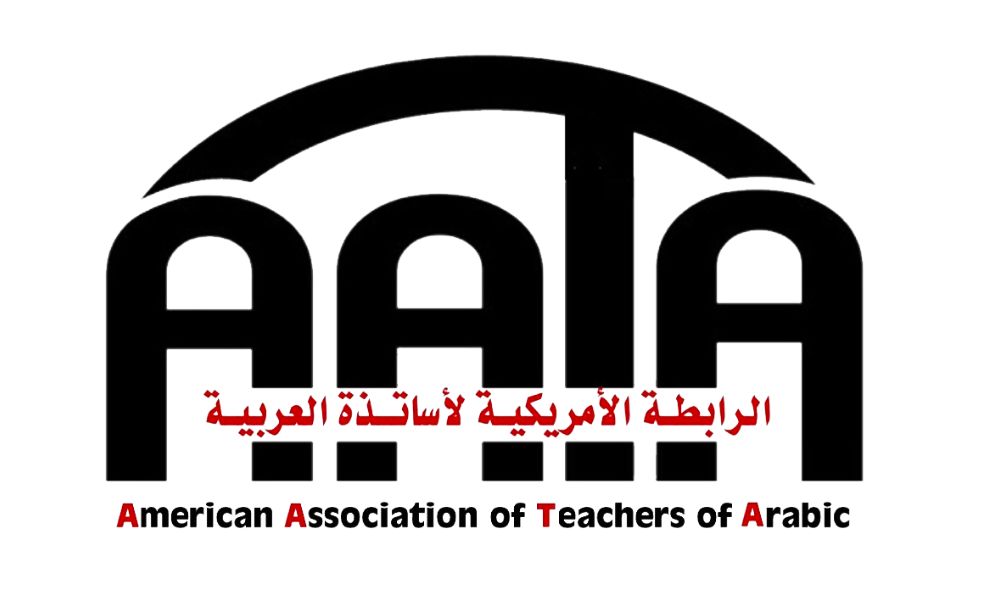A Voice for Teachers: The American Association of Teachers of Arabic

By: Yaara Aleissa / Arab America Contributing Writer
AATA’s initiative
The Arabic language has become a popularized language at colleges and high schools alike. As more individuals become trained and accredited in the subject it allows for the growth of these classes. Thus, creating a need for teachers of Arabic to have the opportunity to collaborate and grow in a community.
The American Association of Teachers of Arabic, also known as AATA, brings together professionals, students, institutions, and individuals interested in Arabic language teaching. Other topics covered include Arabic literature and Arabic linguistics. The aim of the initiative is to be a source for promoting study, instruction, and research regarding Arabic pedagogy.
Accessing AATA resources
Upon entry to AATA’s website, there is vast accessibility to resources that allow Arabic and non-Arabic speakers alike to learn more about the language. Some of their key sections include “Al-’Arabiyya Journal”, “Events”, and “Resources & Opportunities”.
AATA publishes each Fall through their Al-’Arabiyya Journal. The journal first began in 1967. Showcasing both scholarly research papers and articles. Each focusing in on the field of Arabic language and linguistics. Another unique addition to the journal is pieces written in Arabic, further driving the organization’s mission. The publication is open to submission on a rolling basis. Submissions are welcome from any individual that has a topic that applies to the discussion of the Arabic language. AATA’s most recent publication can be accessed through its affiliated publisher, Georgetown University Press.
The “Events” section of the page AATA’s annual meeting, webinars, and conferences. The annual meeting this November will be taking place in Montreal, Canada with panelists from many accredited universities in the United States. Some of their affiliated schools include Gettysburg College, Wake Forest University, and Georgetown University, in addition to schools in the Middle East such as Morocco’s Akhawayn University.
Lastly, the “Resources & Opportunities” section provides a wide selection for educators and students alike. The resources have been separated for Arabic learners and Arabic teachers. AATA provides each group with textbooks, Arabic language platforms, publishers that accept Arabic language submissions, scholarships, grants, Arabic manuscripts, and much more.
Becoming involved
While AATA has been built into the curriculums of some universities in the US, those connections are not exclusive and are open to any educator and student across the country. Aside from North American universities, there is also a board for international programs to support their educators and students in Arabic language interests.
To become involved the first step is to become a member. Some of the benefits AATA lists for becoming a member feature access to the member directory, discounts on Arabic language resources, nominations for their prestigious awards, and free access to the journal.
Forces such as AATA are important for the representation of Arab Americans. Learning a new language is not something that easy for many to take on. This makes the job of an educator essential to ensure students have a meaningful experience. An experience that brings them back to learn more about not only the Arabic language but also Arab culture. As more and more support is provided to the individuals already taking on this feat, it allows for the continual growth of the Arabic language.
Check out Arab America’s blog here!








